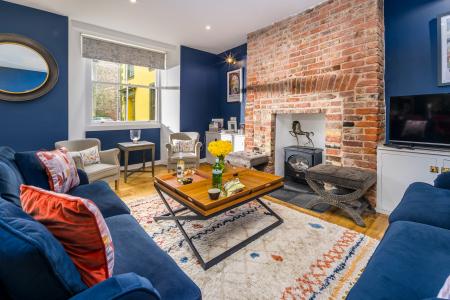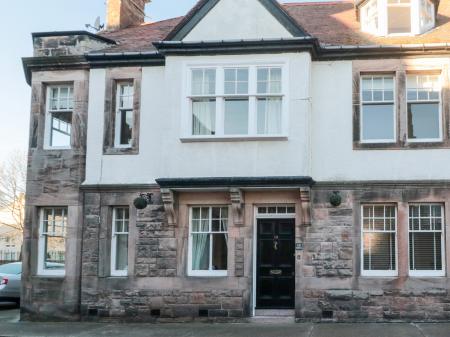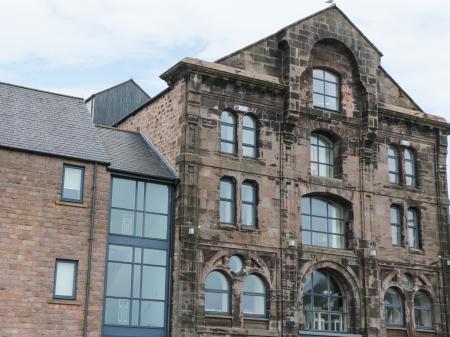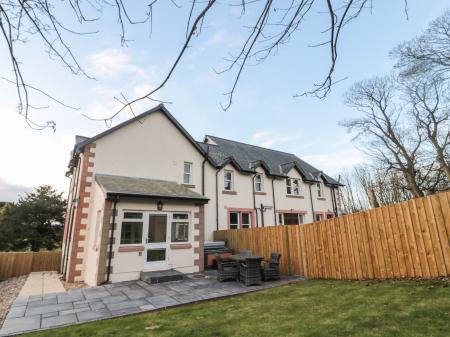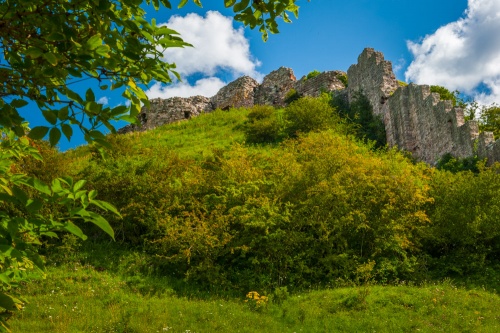
Elizabeth I rebuilt and strengthened the walls and added two artillery towers. The tower declined in importance after Elizabeth strengthened the town walls, and the stones were used for local buildings.
The 13th-century White Wall and the steep stair known as Breakneck Stairs are the only substantial parts of the castle to survive. Both are maintained by English Heritage and are open to visit at any time.
The castle's great hall was swept away when Berwick's train station was built. It is popularly believed that the chamber where Edward I accepted the submission of Scottish lords in 1296 is where the train platforms now lie.
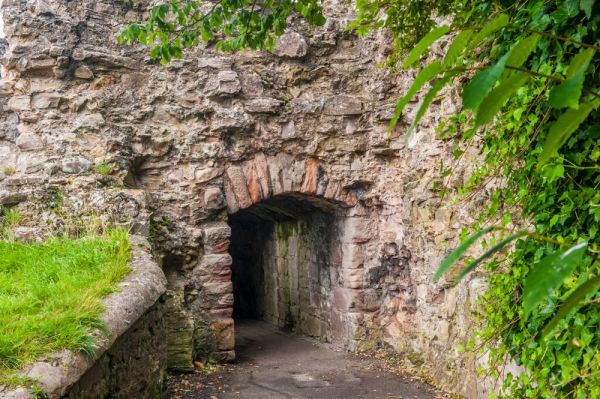
History
Berwick's location on the traditional border between Scotland and England made it a frequent focus for attack by first one side then the other during the medieval period.
David I of Scotland (reigned 1124 – 1153) built the first fortifications here, but Berwick was in English hands in 1292, when Edward I called the full parliament of England and a large number of Scottish nobles to the great hall of Berwick Castle to hear his judgement on the succession of the Scottish crown.
Edward had been asked to judge whether the crown should pass to John Balliol or Robert Bruce. Edward decided in favour of Balliol, though that was just a precursor to his own attempt to take the Scottish crown, and the outbreak of the Scottish Wars of Independence. Edward used the castle as a place to launch his invasions of Scotland.
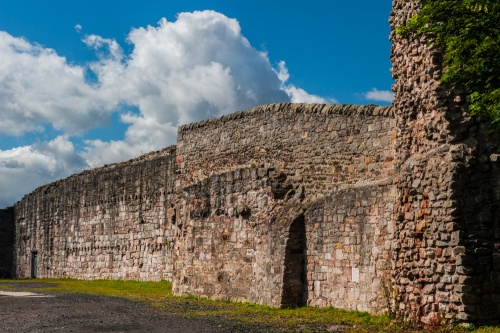
From 1296 Edward I had the earlier castle rebuilt and extended the defences to include the entire town of Berwick, but it was not until the reign of Elizabeth I, over 250 years later, that the castle was significantly rebuilt. Elizabeth not only strengthened the walls but added a pair of artillery towers to deal with the new threat of cannon fire.
One tower stood at the river's edge and the other at an angle of the curtain wall. Elizabeth also embarked on one of the most ambitious military engineering designs in 16th century Britain, creating an imposing line of earth and stone ramparts that effectively rendered the medieval castle obsolete.
Stone from the decaying castle was robbed for nearby building projects, most notably for the construction of Holy Trinity church. The final blow fell in the 19th century when what remained of the great hall was pulled down to make way for Berwick's new rail station. A plaque on the railway platform marks the traditional spot where Edward received oaths of allegiance from the Scottish nobility.

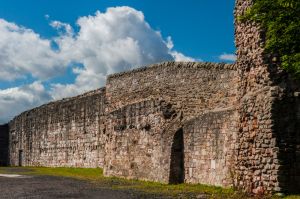
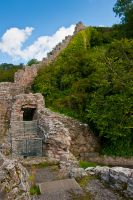
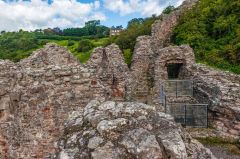
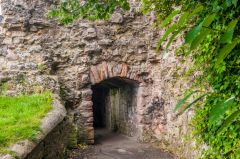
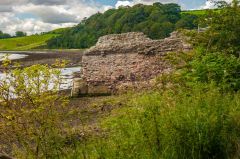
 We've 'tagged' this attraction information to help you find related historic attractions and learn more about major time periods mentioned.
We've 'tagged' this attraction information to help you find related historic attractions and learn more about major time periods mentioned.